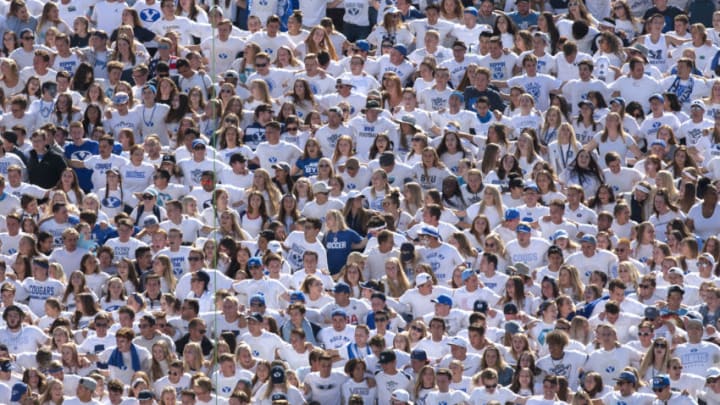
Double and Triple A
If you are familiar with baseball, you know that there is the Major League and the Minor Leagues. The Minor Leagues consist of Single, Double and Triple A teams. Players tend to enter Single A and then work their way up to Double, Triple and if they are lucky the Majors.
College Football could take this model as well. The transfer portal will only allow one transfer, so it won’t be as drastic as baseball, or other sports who follow this model, but I believe that the top teams (Alabama, Clemson, Ohio State, Michigan etc…) will primarily recruit from smaller FBS programs that have older and more experienced players. This will take awhile to fully take affect, but don’t be surprised if in ten years Alabama has a signing class of three players while getting 20 players from other teams around the country.
Essentially in this model, the FCS ceases to exist and there are probably three tiers of football in which I will compare to modern day teams:
- Tier One (Most G5)- Mostly high school recruits, a few FCS transfers and tier two players who couldn’t make it at that level.
- Tier Two (Top G5, lower P5) – 50% recruits, 50% tier one transfers
- Tier Three (Top P5) – 20% recruits, 80% tier one/two transfers
This would again lead to the Super League model that I was referring to, but it may keep the tier two relevant enough so that fans and media are still engaged. This could also exist if the NIL doesn’t end up taking off as much as many believe it will.
What this means for BYU
This one is a bit tougher. On one hand there is still going to be a certain percentage of players who will attend BYU because of the church affiliation. On the other hand, if BYU does find themselves outside of the top tier, they will be in a tough spot trying to get recruits to come to BYU who aren’t members of the church or keeping recruits from transferring to a higher tier if they excel at BYU. Overall, I believe that BYU may stay as they currently are, the awkward child. As it stands today, some view BYU as a G5 team while others see them as a P5 team. That may continue.
